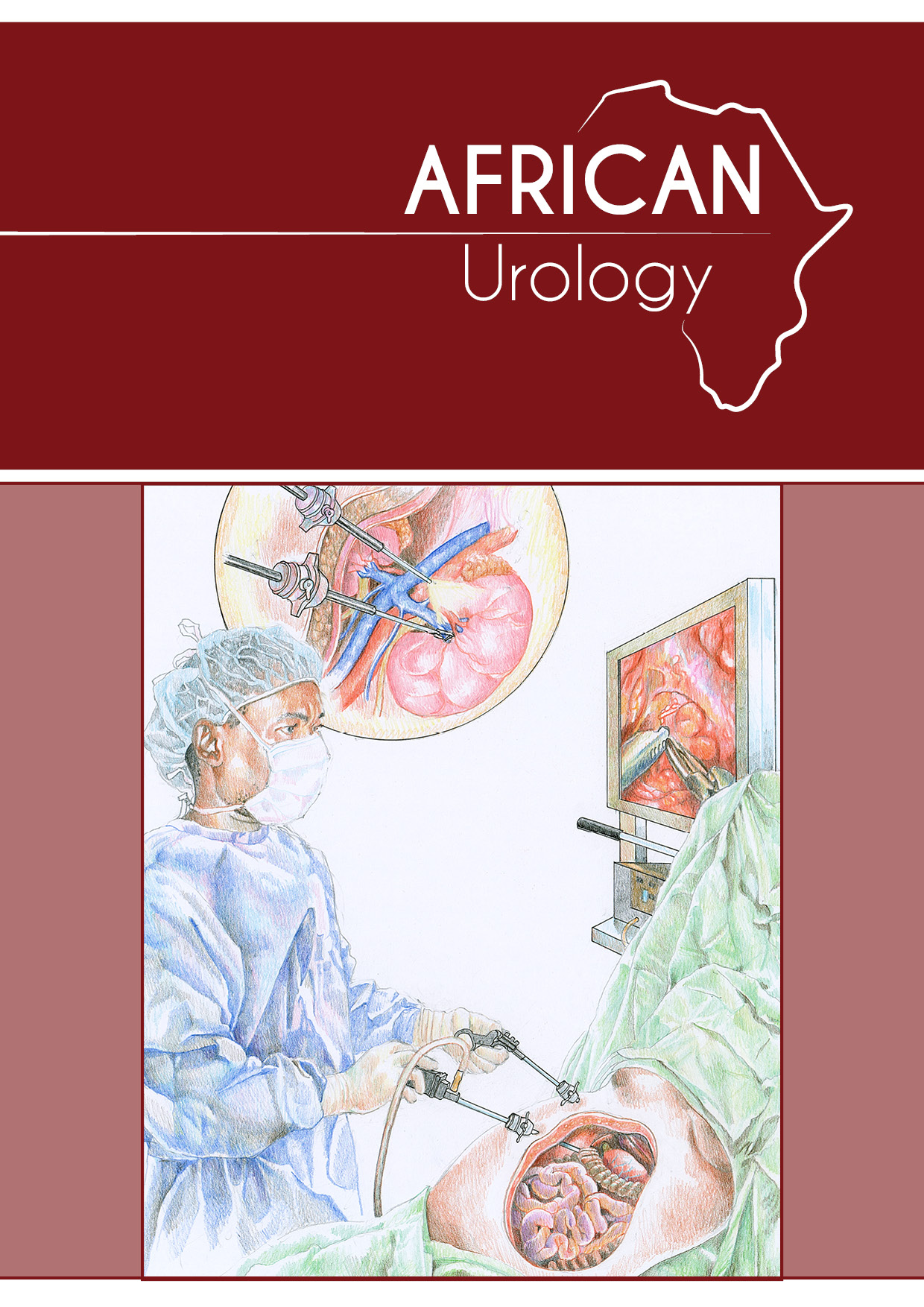A retrospective chart review of the management and outcomes of penile cancer patients who underwent penectomy over a five-year period at St. Aidan’s Hospital, Durban
Main Article Content
Abstract
Background: Penile cancer is a physically and psychologically debilitating disease with high morbidity and mortality, and is more common in sub-Saharan regions compared to the West. Its management involves penectomy and inguinal lymph node dissection in most cases. This study aims to describe the management and outcomes thereof in our sociodemographic environment and identify potential avenues for improving outcomes.
Methods: A retrospective chart review of cases from 2016 to 2020 at St. Aidan’s Hospital of squamous cell carcinoma of the penis who underwent penectomy and inguinal lymph node dissection, was performed. Clinical, surgical, pathological and morbidity data related to the management thereof were recorded and analysed.
Results: In total, 73 patients were enrolled. The median age was 47 years and 78.1% of the participants were HIV positive. Pathological T1a (39.7%) and T3 (34.2%) were more common after penectomy. The most common stage of presentation was with cN2 disease with pathological findings of pN2 of 43.4% positivity on inguinal lymph node dissection. The wound complication rate seemed to be comparable to international reports with a wound sepsis rate of 21.9%. Time from initial patient referral to our institution to the day of definitive surgery was a median duration of 17.6 weeks (range 11–29.3 weeks).
Conclusion: Penile cancer tends to present with advanced disease at younger ages in our region. This study highlights the need for local protocol and guideline development to allow detection and management earlier in the disease process, ultimately minimising morbidity, mortality and psychosocial effects on patients.
